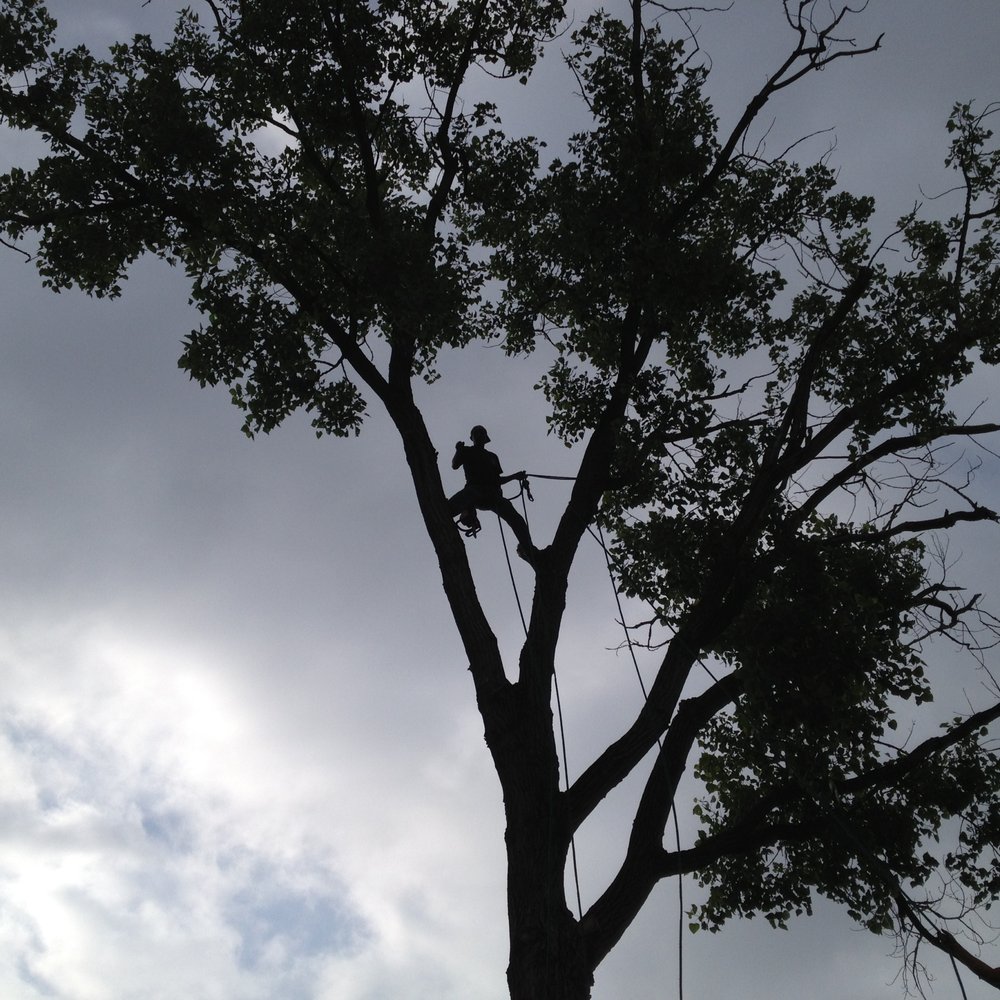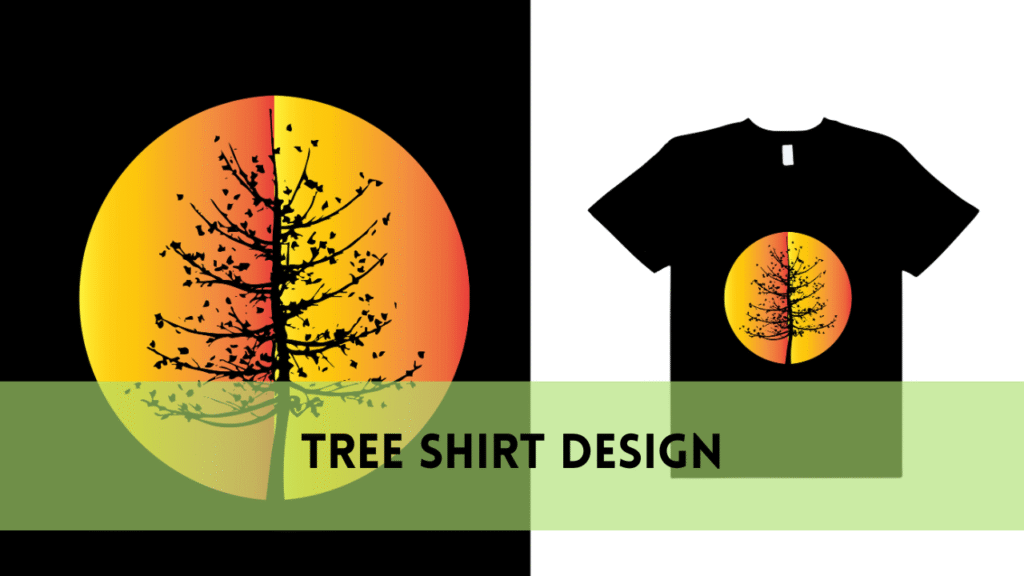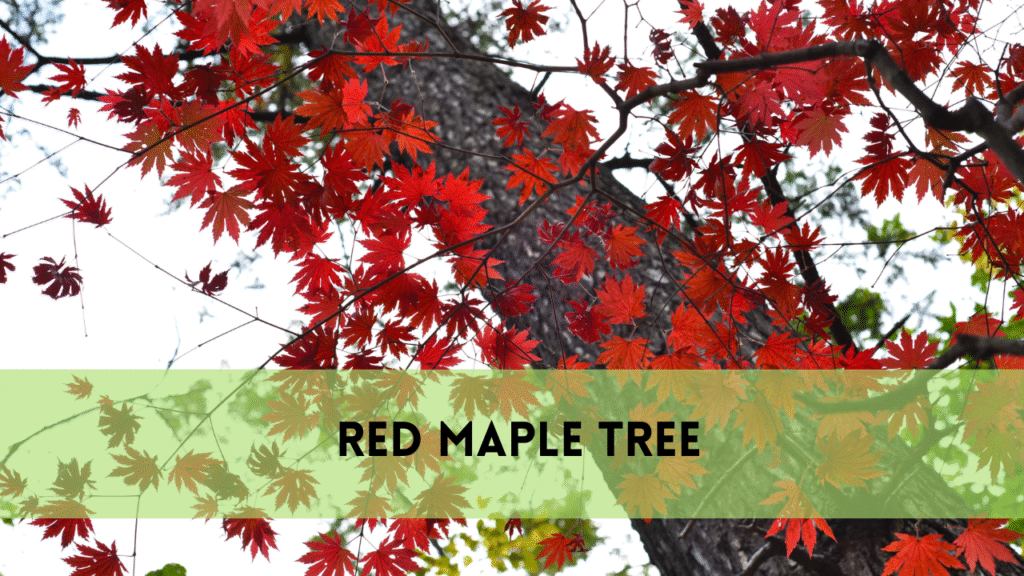Remove Squirrel Nest from Tree
Squirrels, those dexterous and magnetic animals, are a typical sight in numerous metropolitan and rural scenes. They add a touch of the natural world to our day-to-day lives with their bushy tails and boundless energy. One of the most fascinating aspects of squirrel behavior is how they build cozy, leafy homes high up in trees for their nests. As a property holder or somebody who partakes within the sight of these shaggy gymnastic performers in your patio, you may once in a while end up confronted with a choice: Should i remove squirrel nest from tree? The answer is not always straightforward to this question, which raises practical and ethical issues.
Understanding Squirrel Nests A Closer Look at Squirrel Nests
Before deciding whether or not to remove a squirrel nest from a tree, it’s important to know what these nests are and why they are made by squirrels. Squirrel nests, also called “dreys,” are very important to these amazing creatures’ lives.
Squirrels are a diverse
Group of rodents that live in a variety of environments and can be found all over the world. Types of squirrels and their nesting habits Understanding their settling propensities starts with perceiving the various types of squirrels and their inclinations:
Squirrels in Gray: Normal in North America, dim squirrels are known for building homes high in trees, commonly in the fork of branches or tree holes. They prefer arboreal nests and are excellent climbers.
Squirrels in red: Additionally tree dwellers, these smaller squirrels frequently construct their nests in coniferous trees. They will quite often be regional and may include different homes inside their reach.
Squirrels that Fly: Flying squirrels are nocturnal gliders, as their name suggests. They prefer tree hollows or nest boxes to build their nests high up in trees.
Home Development and Materials
Squirrel homes are painstakingly built utilizing a mix of normal materials tracked down in their environmental factors. Common features of a squirrel’s nest include:
Branches and twigs: The system of the home is normally produced using twigs and branches, shaping a strong base.
Moss and leaves: Squirrels use leaves and greenery to line the inside of the home, giving protection and solace.
Fur and Grass: Squirrels use soft materials like grass, fur, and even feathers to make their nests cozy.
Bark and Lichen: The nest becomes less noticeable to predators as a result of these materials’ ability to conceal it.
Lifecycle of a Squirrel Home
Squirrel homes go through a lifecycle that lines up with the seasons and the squirrels’ regenerative examples:
Construction: During the breeding season, nests are typically constructed to provide mothers with a secure environment in which to raise their offspring.
Use: The nests are used as shelters for sleeping, resting, and rearing squirrel kits (babies) once they are built.
Maintenance: In order to ensure that their nests are durable and weather-resistant, squirrels may periodically repair and upgrade them.
Abandonment: The nests may be abandoned as the squirrel kits grow and become more independent. However, following years, squirrels frequently return to the same nests.
The first step toward making well-informed decisions regarding the removal of squirrel nests is comprehending their intricate details. The various factors to consider when deciding whether or not to remove a squirrel nest from a tree are discussed in the following sections.
Reasons to Consider Removing a Squirrel Nest
Although squirrel nests are fascinating and necessary for the survival of squirrels, there are occasions in which you might need to think about removing one from a tree on your property. In this section, we look at a few of the main reasons why removal might be a good idea or necessary.
Wellbeing Concerns
Electrical and Fire Dangers
Squirrel Bit Wires: Squirrels are known for their persistent chewing, which can cause them to chew on electrical wires. This conduct represents a critical gamble of electrical shorts and, surprisingly, electrical flames in your home.
Underlying Harm to Your Property
Biting on Building Materials: Wooden beams, siding, and roof structures, as well as other parts of your property, can be chewed on by squirrels. This may eventually cause your home or other structures to lose their structural integrity.
Blocked Chimneys: Squirrels can nest in chimneys or look for food there. They could potentially cause the buildup of harmful gases like carbon monoxide if they become entangled or construct nests within the chimney.
Concerns for one’s health:
Disease Transmission Feces and Urine:
Over time, squirrel nests can accumulate feces and urine. Unhygienic conditions and an increased risk of disease transmission to pets and humans can result from this. Examples of zoonotic diseases that can be passed on through contact with squirrel excrement include leptospirosis and salmonellosis.
Sensitivities and Parasites
Allergens: Exposure to allergens can result from the presence of squirrel nests. People with aversions to creature dander or allergens found in squirrel homes might encounter respiratory issues or skin responses. Parasites: Fleas and ticks are parasites that squirrels can carry. There is a chance that these parasites will spread to your pets or even inside your home if they build a nest close to where you live.
Questions of aesthetics and landscaping
Tree health: Squirrel nests have been linked to tree decline and damage in some instances. Stress on the tree’s limbs and branches can result from aggressive nest building, excessively heavy nests, or repeated use of the same tree for nesting.
Wreck and Garbage: Homes can likewise bring about the collection of garbage and leaves on your property, which can influence the style of your yard.
Even though these are valid reasons to think about getting rid of a squirrel nest, it’s important to be careful and responsible when making such decisions. In the following sections of this guide, we’ll talk about legal and ethical considerations as well as other ways to deal with these problems while being respectful of the natural world. Choosing whether or not to eliminate a squirrel home ought to be a very much informed decision that considers both human and natural life interests.
Ethical and Legal Considerations
Before deciding whether to remove a squirrel nest from a tree on your property, you should be aware of the ethical and legal implications. Regarding the untamed life around you and complying with significant regulations and guidelines is central. To assist you in making an informed decision, this section delves into these factors.
1. Natural Life Insurance Regulations
Prior to making any move with respect to a squirrel home, it’s significant to explore and comprehend the natural life security regulations that apply in your space. The welfare of wildlife and their habitats is the purpose of these laws. Important considerations include:
Species Protected: Find out if the squirrels in your area are a species that is protected. Certain species of squirrel may be protected in some areas, making it illegal to harm or disturb them or their nests.
Permits: Check to see if you need a permit or authorization from the local wildlife authorities if removal is necessary and allowed. Removal without permission can result in legal action.
2. Nearby Guidelines and Statutes
Past public or provincial regulations, neighborhood states might have explicit guidelines or mandates connected with natural life, the executives and property support. These may influence your capacity to eliminate a squirrel home. It is absolutely necessary to seek advice from environmental or local authorities.
3. Moral Contemplations
Considering moral contemplations is a key part of settling on an educated conclusion about squirrel home expulsion. Keep in mind the following:
Respect for Nature: Squirrels live in the wild and are an essential component of the ecosystem. Instead of immediately removing the nest, choose options that allow you to coexist peacefully with these creatures whenever possible.
Influence on Squirrel Families: When young kits are present, removing a nest can disrupt the lives of families of squirrels. Consider the ramifications for these creatures while going with your choice.
Options in contrast to Expulsion: Look into other options that don’t harm the squirrels or destroy their nests and address safety, health, or aesthetic concerns.
4. Ethical Relocation
Rather than destruction, consider ethical relocation if removal is deemed necessary due to health or safety concerns. Moving the entire nest, including its contents, to a safer location nearby is necessary for this. Guarantee you’re outfitted with the information and abilities expected for legitimate movement to allow the squirrels the best opportunity of endurance.
5. Concurrence and Avoidance
By and large, going to proactive lengths to forestall future settling issues can be the most moral and viable methodology. This comprises:
Branches of a Tree: Squirrels may be discouraged from nesting on your property if tree branches that provide easy access to your home are pruned or trimmed.
Dissuasive Measures: Installing baffles or nets, for example, can be used to keep squirrels out of particular areas.
You can make a more responsible and informed decision regarding the removal of squirrel nests if you take into account these legal and ethical considerations. For peaceful coexistence, you must strike a balance between your concerns and the environment and squirrels’ well-being.
When Removal Is Necessary
Although the presence of a squirrel nest in your tree is typically a harmless and natural occurrence, there are times when its removal is required for the safety and well-being of both humans and squirrels. In this segment, we’ll investigate the circumstances where evacuation might be considered significant.
1. Identifying Abandonment Signs
Before contemplating removal, it is essential to determine whether the squirrel nest is currently active or abandoned. Indications of surrender might include:
Squirrels are not active: It’s possible that the nest is empty if you’ve seen no squirrel activity for a while.
Chirping or noises: Squirrel babies can be very vocal. The nest may be empty if there are no sounds of young squirrels inside.
Materials Retaining Their Nest: In the event that the home seems immaculate for quite a while and gives no indications of support, it very well may be deserted.
2. Confirming the Nest’s Inactivity
Consider the Following Steps to Confirm the Nest’s Inactivity:
Keep an eye on for a few days: For several days, keep an eye on the nest to make sure there are no squirrels in there.
Use Optics: Optics can assist you with drawing a nearer look without upsetting the home.
3. At the point when Squirrels Represent an Immediate Danger
- Assuming you have laid out that the home is to be sure deserted or latent, and there are convincing purposes behind evacuation, it very well might be fitting. The following are some instances in which squirrel removal is required:
- Infestation of Squirrels: Removal may be the best option in the event that a significant squirrel infestation causes damage to your property or health risks.
- Threats to safety: Removal may be necessary to mitigate risks posed by squirrel activity, such as chewed electrical wires or chimney blockages, that present immediate dangers to safety.
- Tree Wellbeing: Removal may be necessary if a tree’s health is in jeopardy as a result of repeated nest-building or aggressive squirrel behavior.
- It’s vital that the government assistance of squirrels ought to in any case be an essential worry during evacuation. Whenever the situation allows, choose altruistic techniques that permit you to securely move the squirrels and homes. In such situations, professional wildlife removal services can be a useful resource to ensure the safety of humans and squirrels alike.
- We will discuss safe methods for removing a squirrel nest and offer alternatives to consider before taking action in the following sections of this guide. In order to address potential issues and maintain a harmonious relationship with the wildlife around you, responsible decision-making is essential.
How to Safely Remove a Squirrel Nest
Once you’ve decided that removing a squirrel nest is necessary for safety or other reasons, it’s important to do so with consideration for the squirrels and the environment. You will learn how to safely remove a squirrel nest in this section.
1. Gear and Equipment for Protection Before you begin, gather the necessary tools for a secure removal:
Safety gear: Avoid direct contact with nesting materials and wear thick gloves that protect against bites.
Eyewear Safety: You can shield your eyes from any debris that may be disturbed during the removal by wearing safety goggles or glasses.
Climbing or ladder gear: If the nest is high up in a tree, you’ll need a sturdy ladder or the right climbing gear to get to it safely.
Long-Handled Equipment: The nest can be gently moved or moved with the help of long-handled tools like a pole or broomstick.
2. Non-Lethal Methods of Removal When possible, select non-lethal methods of removal for squirrel nests. Here are the moves toward follow:
Guarantee Abandonment: Affirm that the home is without a doubt empty or inert by noticing it over a time of a few days.
Remove the Nest Carefully: Remove the nest from its location with care using either your hands or tools with long handles. Be careful not to harm the nest or the area around it.
Put the Nest in a Safe Place: Move the nest to a nearby location where squirrels can find it if they need to. Make certain that it is secure and shielded from the elements.
Watch for a Return: Keep an eye on the new location of the nest. Squirrels might come back to get materials for their next nest.
Alternatives to Removal
When problems arise, removing a squirrel nest from a tree is not always the only option. You can address safety, health, or aesthetic concerns in a variety of other ways without jeopardizing the lives of squirrels or destroying their nests. We go into detail about these alternatives in this section.
1. Preventing Future Problems with Nesting Squirrels Preventative measures include:
Pruning Branches: Pruning or managing tree limbs that give simple admittance to your home or designs can hinder squirrels from settling in those areas.
Introduce Squirrel Impediments: If you want to keep squirrels from certain areas of your property, you might want to think about using squirrel deterrents like netting, baffles, or feeders that are made to be squirrel-proof.
2. Giving Option Settling Choices
To guide saves from badly designed settling spots, give elective settling valuable open doors:
Boxes for a Nest: Set up nesting boxes for squirrels in your yard or on nearby trees. Squirrels may be attracted to more suitable locations by these boxes, which resemble natural tree cavities.
Homes of squirrels: Like aviaries, squirrel houses give cover and settling spaces from your home or designs.
3. Coexistence with Squirrels In many instances, it is not only possible but also beneficial to the preservation of ecological equilibrium to coexist peacefully with squirrels:
Enjoy Observing Wildlife: Take advantage of the opportunity to observe wildlife by accepting the presence of squirrels and other animals. Noticing their ways of behaving can be both engaging and instructive.
Secure Food Sources: On the off chance that squirrels are getting to bird feeders or other food sources expected for birds or other untamed life, consider utilizing squirrel-safe feeders or putting them decisively to limit squirrel access.
Ensure a Wildlife-Friendly Environment: Make an untamed life accommodating scene by establishing local trees, bushes, and plants that give food and safe houses to squirrels and other natural life.
4. Consider Consulting Faqs
Wildlife Experts, Local Wildlife Rehabilitation Centers, or Pest Control Professionals If you are unsure of how to handle a situation involving squirrels or their nests, They can offer you advice that is tailored to your particular circumstances.
Related Posts:
5. Implementing any alternative solutions
always be aware of and adhere to the local wildlife regulations and ordinances. This guarantees that your activities are both moral and lawful.
When you take these other options into consideration when dealing with squirrel nest issues, you might be able to live in harmony with these creatures while also taking care of your particular requirements or problems. Keep in mind that fostering a positive relationship with the wildlife in your surroundings requires a proactive, empathetic, and responsible approach.
Conclusion
The beauty and resilience of nature can be seen in the squirrel nests that are high in tree branches. When deciding whether or not to remove a squirrel nest, think about all of your options and try to live in harmony with these amazing creatures.
You can ensure that your actions have a positive effect on both your surroundings and the wildlife that shares them by making decisions based on information and compassion. May your interactions with the natural world be characterized by wonder, appreciation, and a dedication to its preservation.
Faqs
- Is it legal to remove a squirrel nest from a tree on my property?
Laws regarding the removal of squirrel nests can vary by location and species. In some areas, it may be illegal to disturb or remove squirrel nests, especially if they contain young squirrels. It’s important to check local wildlife regulations before taking any action.
- Why would I consider removing a squirrel nest from a tree?
Squirrel nests are typically harmless and serve as shelter for these animals. However, you might consider removal if the nest poses a safety hazard, such as being near power lines, creating damage to your property, or leading to a squirrel infestation in your home.
- When is the best time to remove a squirrel nest from a tree?
The best time to remove a squirrel nest is during the winter months when squirrels are less likely to be using it. Avoid removal during spring and summer when nests may contain young squirrels that are still dependent on their mothers.
- How should I safely remove a squirrel nest from a tree?
If removal is necessary, it’s recommended to hire a professional wildlife removal service. Attempting to remove a nest on your own can be dangerous and may lead to injuries or legal issues. Professionals have the expertise to handle it safely and humanely.
- Can I relocate squirrels along with their nest to another area?
Squirrels are territorial animals, and relocating them can be stressful and may not be a viable solution. It’s generally better to focus on prevention and habitat modification to deter squirrels from nesting in undesirable locations. If you have concerns about squirrels on your property, consult with a wildlife expert for guidance.




